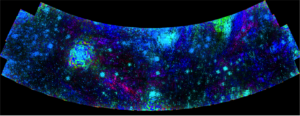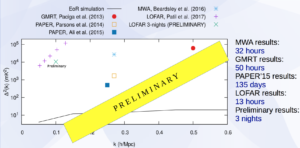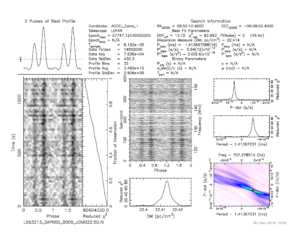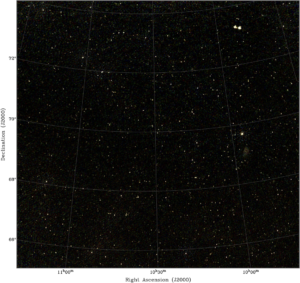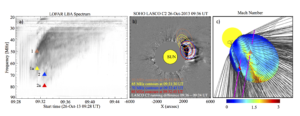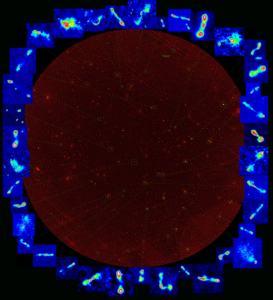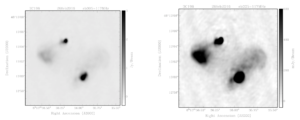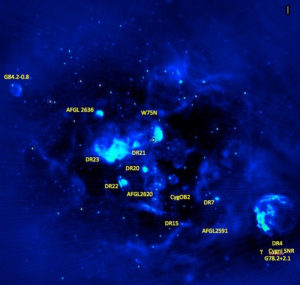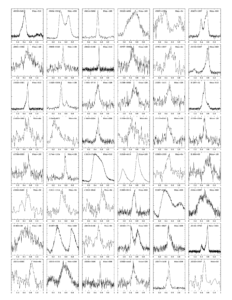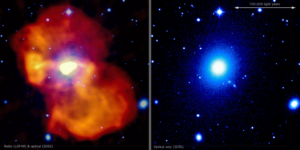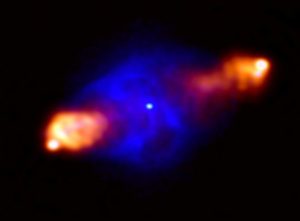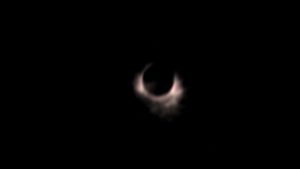Featured Highlights
Long Baseline Imaging with LOFAR
Re-imaging of MSSS survey: towards a low frequency counterpart of NVSS
Discovering millisecond pulsars with LOFAR.
Thanks to GPU accelerated coherent dedispersion software, LOFAR is now capable of searching for radio pulsars spinning at millisecond spin periods. Three millisecond pulsars have so far been discovered, including one that spins 707 times per second, the second fastest spinning neutron star known in our Galaxy.
Largest Sample of milli-second Pulsars at Low Frequencies
Bubble of Gas from a Super-massive Black Hole
Magnetic Structures in the Milky Way
Fine Structures of a Shock Signature in the Solar Corona.
A shock in the solar corona may emit radio waves producing a signature called type II solar radio burst. Panel (a) shows a dynamic spectrum of a type II burst where the harmonic emission is divided in sub-lanes marked as 1-1a and 2-2a (band-splitting phenomenon). Zucca et al. using LOFAR LBA observations have found a different location for two pairs of sub-lanes. Panel (b) shows the contours of the radio sources located at the flank of an expanding CME measured with the coronagraph SOHO/LASCO. For the first time, a state of the art 3D reconstruction of the Mach number along the CME front showed that the two pairs of the type II lanes are located in two regions of the corona showing high Mach number (panel c).
